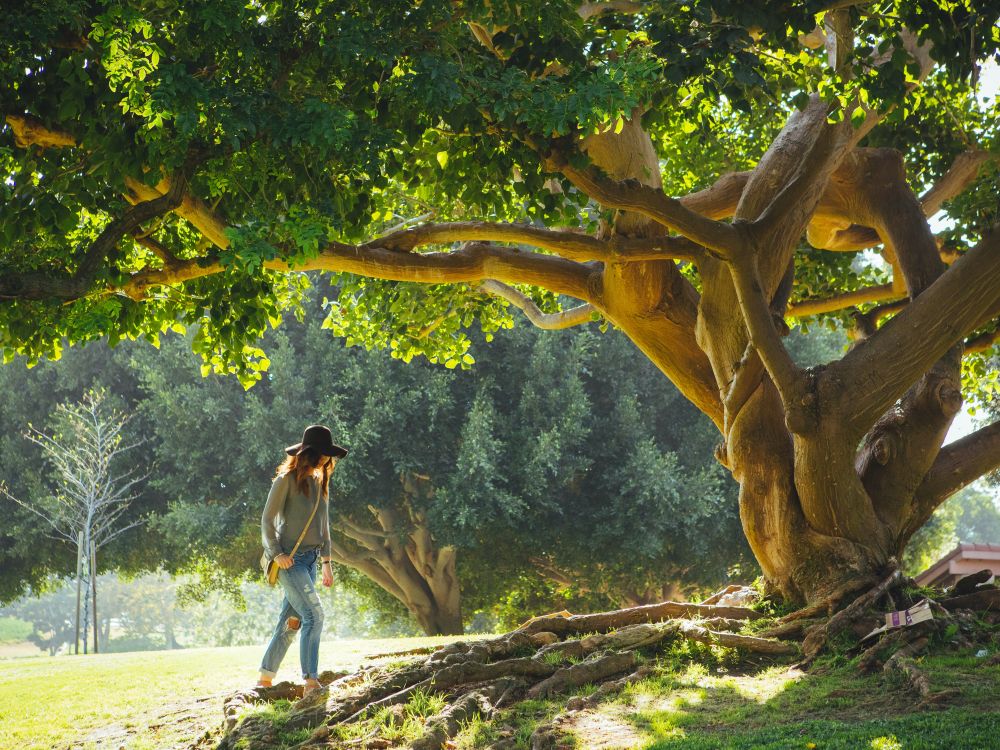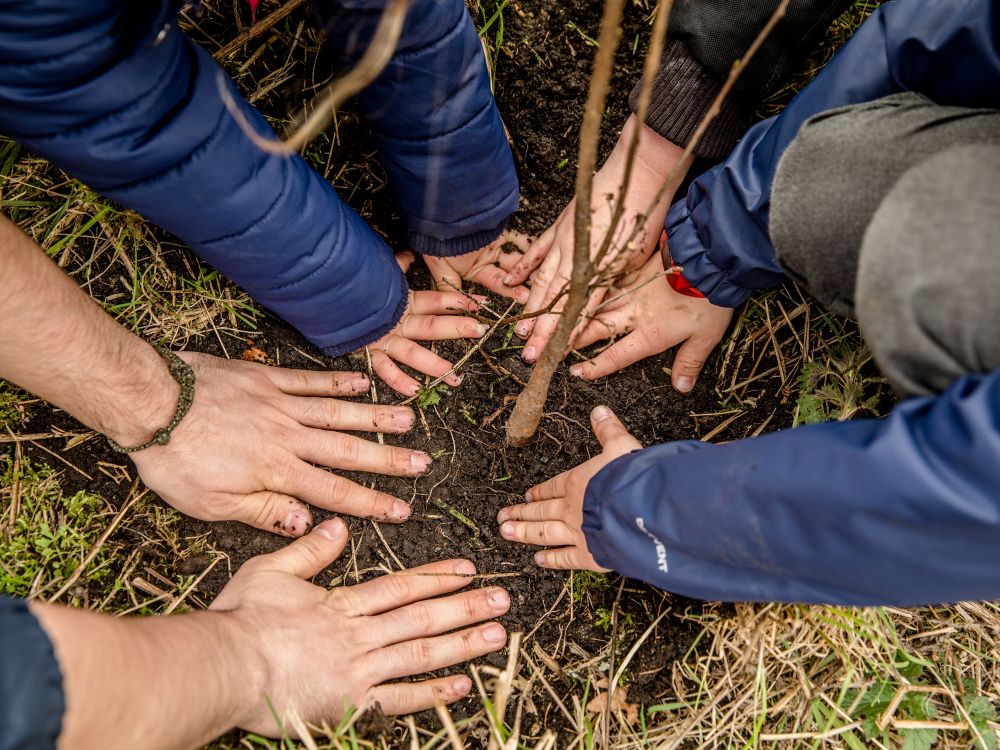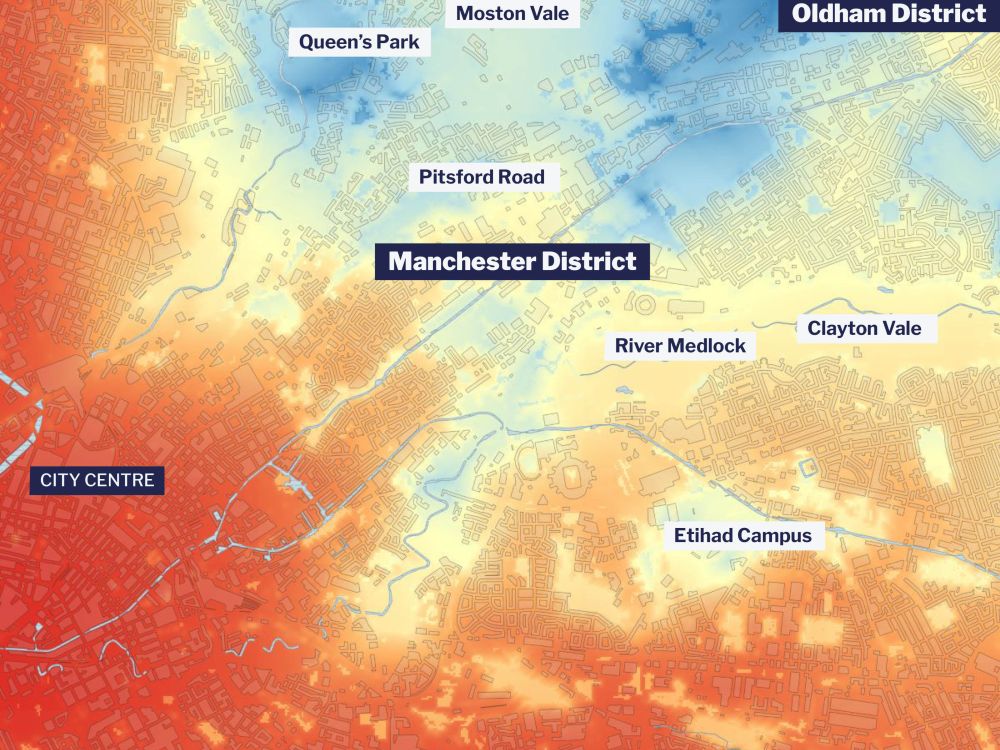
Why should the UK double tree cover?

Trees in England
Enter your postcode to search for trees in your area and where to plant them near you.
This map displays the most accurate and readily available data on tree cover in England. It highlights how deprived of tree cover many areas are, and how unequal access to trees is. 43% of neighbourhoods have less than 10% tree cover, and 84% have less than 20%. The data also reveals that lower income neighbourhoods are much more deprived of tree cover than wealthier ones, especially in rural areas.
Inspired by trees?

Where should we plant trees?


City trees are cool

I'll sign the petition for greener streets with more trees
Green our streets
Protect trees where you live






